The United Kingdom was a world power that owned many lands throughout the world. At the height of the kingdom, they owned dozens of territories and countries. Over time, however, their world dominance started to wane. The colonies started uprising, started wanting more independence, and so many of them, through, either revolutions or peaceful agreements, became independent nations. Some of them became republics. Others became completely sovereign, but part of the Commonwealth of Nations. Currently, 15 countries make up the Commonwealth of Nations.

Let’s take a look at 15 countries King Charles III still rules in 2024. These countries are part of the Commonwealth of Nations. They are independent and sovereign, however, their head of state is the Monarch of the United Kingdom, King Charles III.
1. Antigua and Barbuda

With a population of about 93,000, Antigua and Barbuda is an island nation in the Caribbean.
©iStock.com/SeanPavonePhoto
Antigua was first explored by Christopher Columbus in 1493, but then became a colony of Great Britain in 1632. For centuries it was a colony and a part of the Federal Colony of the Leeward Islands since 1871. In 1958, Antigua and Barbuda joined the West Indies Federation. They became self-governing after 1967, and on November 1, 1981, Antigua and Barbuda became independent. They have been a sovereign state along with a constitutional monarchy within the Commonwealth since then.
2. Australia
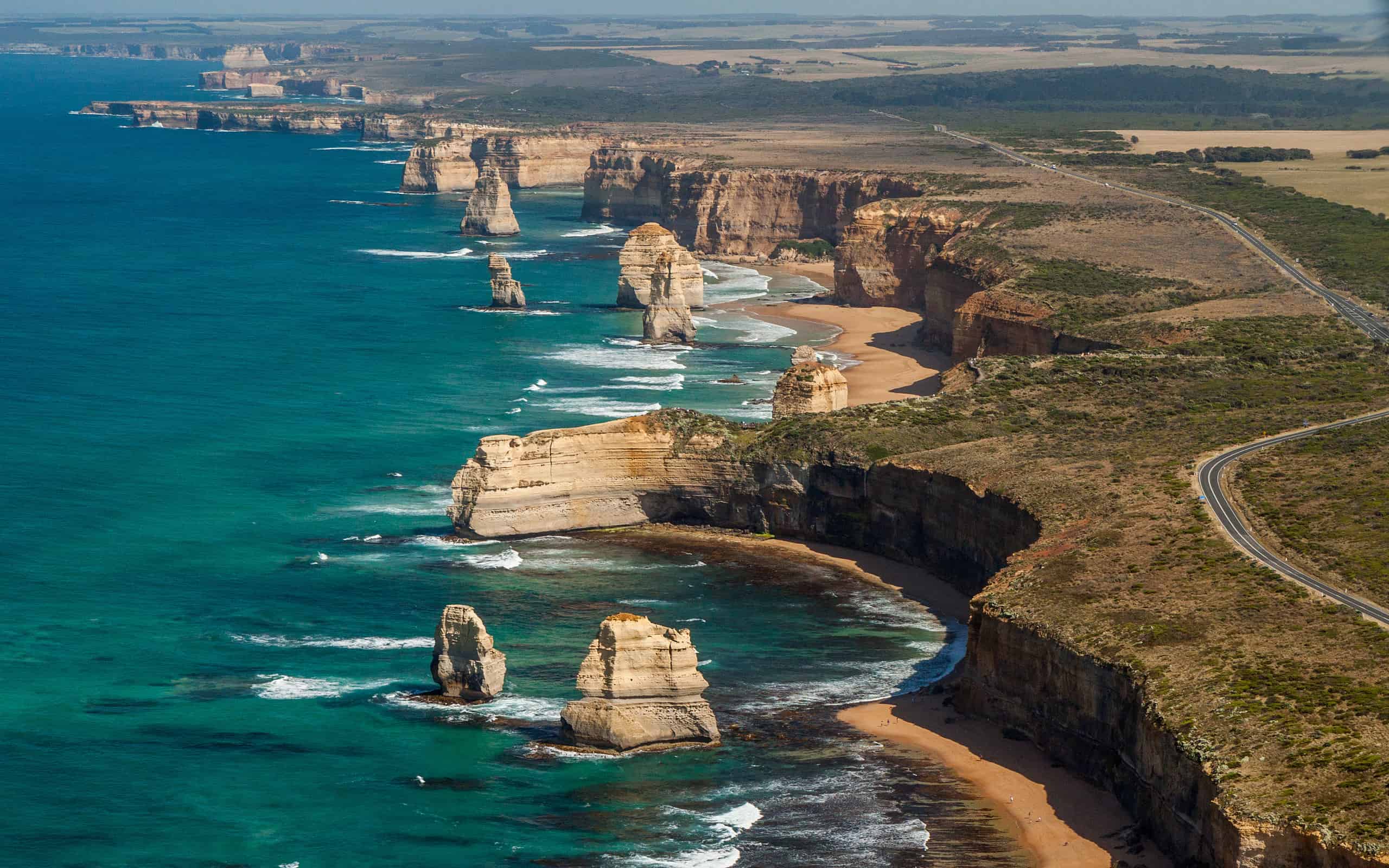
The population of Australia is about 25 million, making it the third most populous country within the Commonwealth of Nations.
©RubyRascal/iStock via Getty Images
The Aboriginal Australians lived in what is now Australia for thousands of years before the Europeans arrived. In 1606, Dutch explorer Willem Janszoon was the first European to arrive in Australia. In 1770, however, British explorer James Cook claimed the eastern portion of Australia in the name of Great Britain and became a colony. It wasn’t until 1901 that Australia became independent and subsequently became part of the Commonwealth.
3. The Bahamas
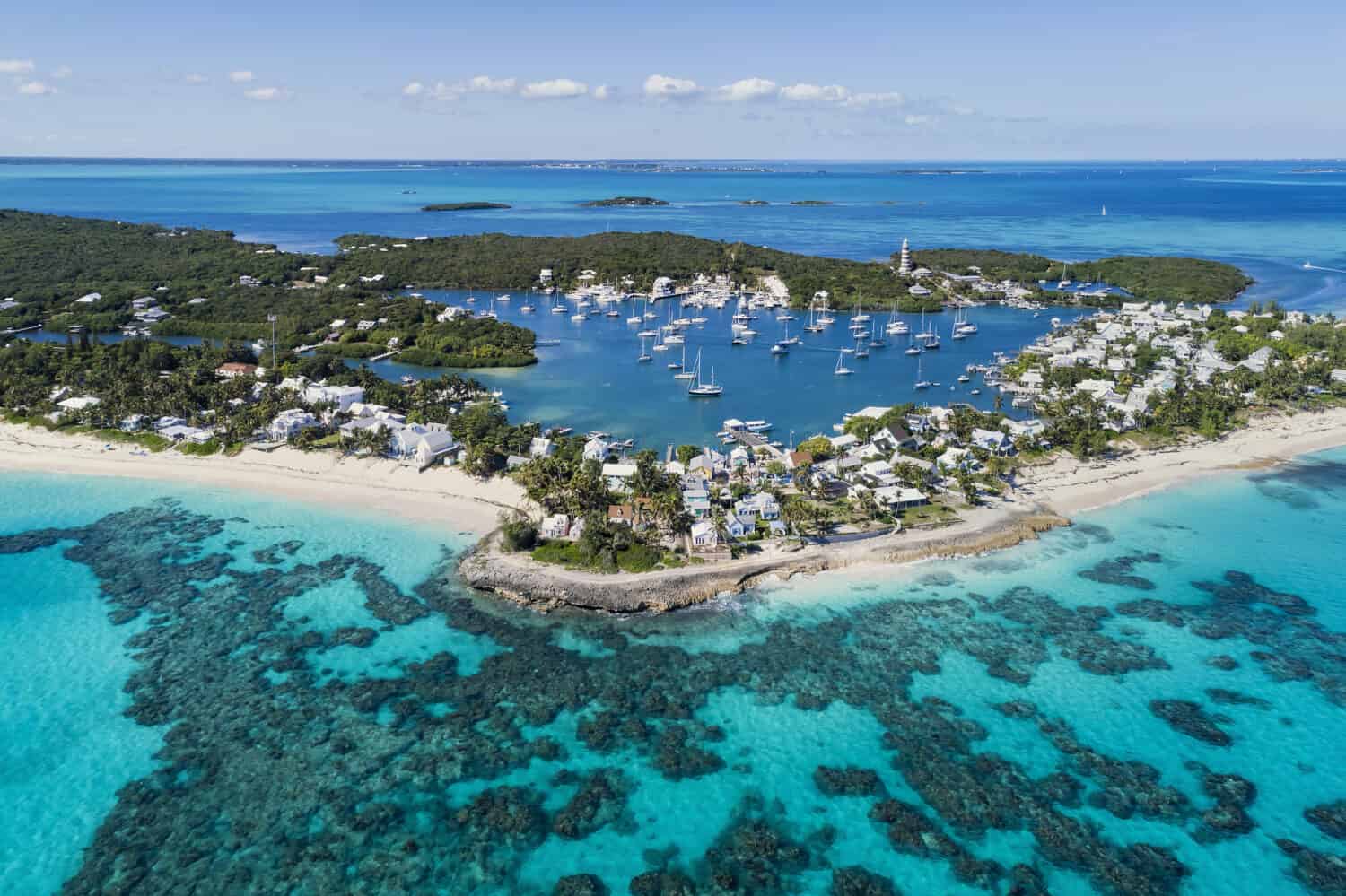
Located in the Caribbean, The Bahamas joined the Commonwealth of Nations in 1973.
©pics721/Shutterstock.com
Christopher Columbus was the first European to set foot on the islands in 1492. Afterward, however, the islands were mainly inhabited only by the native population until about 1649. That’s when the English came from Bermuda and settled on one of the islands. The Bahamas became a British colony in 1718. They gained independence in 1973 and subsequently became part of the Commonwealth.
4. Belize
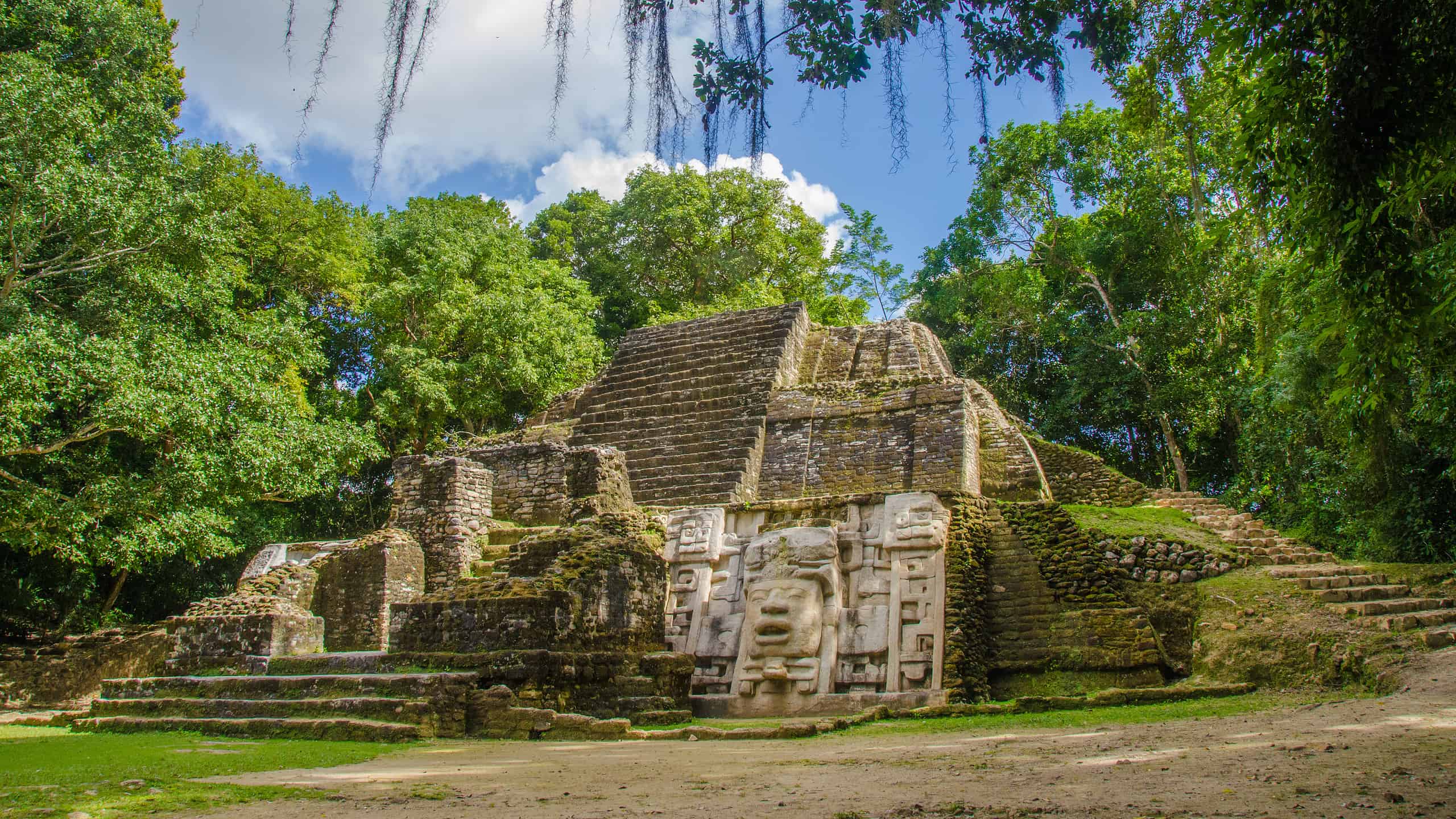
Located in Central America, Belize has a population of 400,000.
©iStock.com/SimonDannhauer
Christopher Columbus was the first European explorer to land in Belize. It wasn’t until 1638 that English settlers began arriving there. Spain and Great Britain battled it out at the Battle of St George’s Caye in 1798. It wasn’t until 1840 that Belize became a British colony. It then became independent in 1981 and subsequently became part of the Commonwealth.
5. Canada
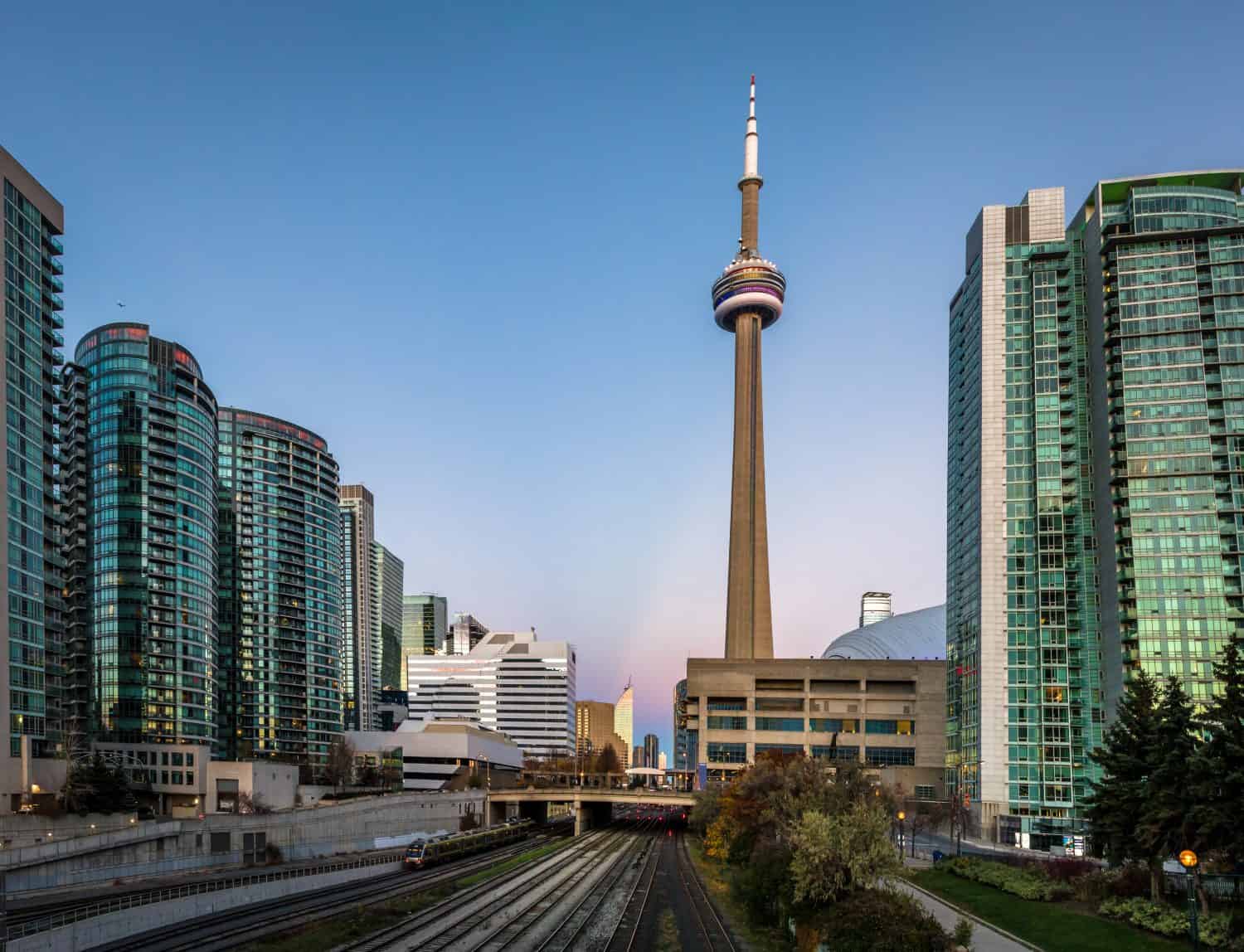
The population of Canada is about 33 million, making it the second most populous country within the Commonwealth of Nations.
©Diego Grandi/Shutterstock.com
Indigenous Canadians lived in what is now Canada for thousands of years before Europeans came to settle there. The land of what is now Canada was divided between British and French control. It was after the Seven Years’ War that the whole of Canada became part of Great Britain. In 1867, following the British North America Act, Canada became independent with minimal British interference. It wasn’t until after World War I that Canada became fully independent and part of the Commonwealth of Nations.
6. Grenada

With a population of about 124,000, Grenada is an island nation in the Caribbean.
©Andreas Voelkel/iStock via Getty Images
The French controlled Grenada as a colony throughout the 1600s and 1700s. In 1763, following the Treaty of Paris, the British took control of Grenada. In 1974 Grenada became independent from the United Kingdom and subsequently became a member of the commonwealth.
7. Jamaica

Located in the Caribbean, Jamaica has a population of 2.8 million.
©iStock.com/Ruth Peterkin
After the conquest of Christopher Columbus in 1494, Jamaica was part of Spanish control. It wasn’t until 1655 that England conquered the island and became part of the British West Indies. In 1838, Great Britain emancipated all slaves on the island. Jamaica became independent in 1962.
8. New Zealand

With a population of 5 million, New Zealand joined the Commonwealth of Nations in 1907.
©iStock.com/stockphoto52
It was the Dutch explorer Abel Tasman in 1642 who became the first European to encounter New Zealand. However, it wasn’t until 1840 that the United Kingdom signed an agreement with the Maori chiefs called the Treaty of Waitangi, which declared that Britain had control over New Zealand. In 1841, New Zealand became a British colony. In 1907, New Zealand became a Dominion and became fully independent in 1947.
9. Papua New Guinea

Located in Oceania, Papua New Guinea joined the Commonwealth of Nations in 1975.
©GenDeschenes/iStock via Getty Images
Papua New Guinea had been inhabited for thousands of years before Europeans staked claim to the islands. Papua New Guinea’s colonial history is quite complicated, though. The islands were controlled by several countries including the Dutch, the Germans, and the British. It later became part of the British Dominion of Australia and finally, in 1975, Papua New Guinea became independent.
10. Saint Kitts and Nevis
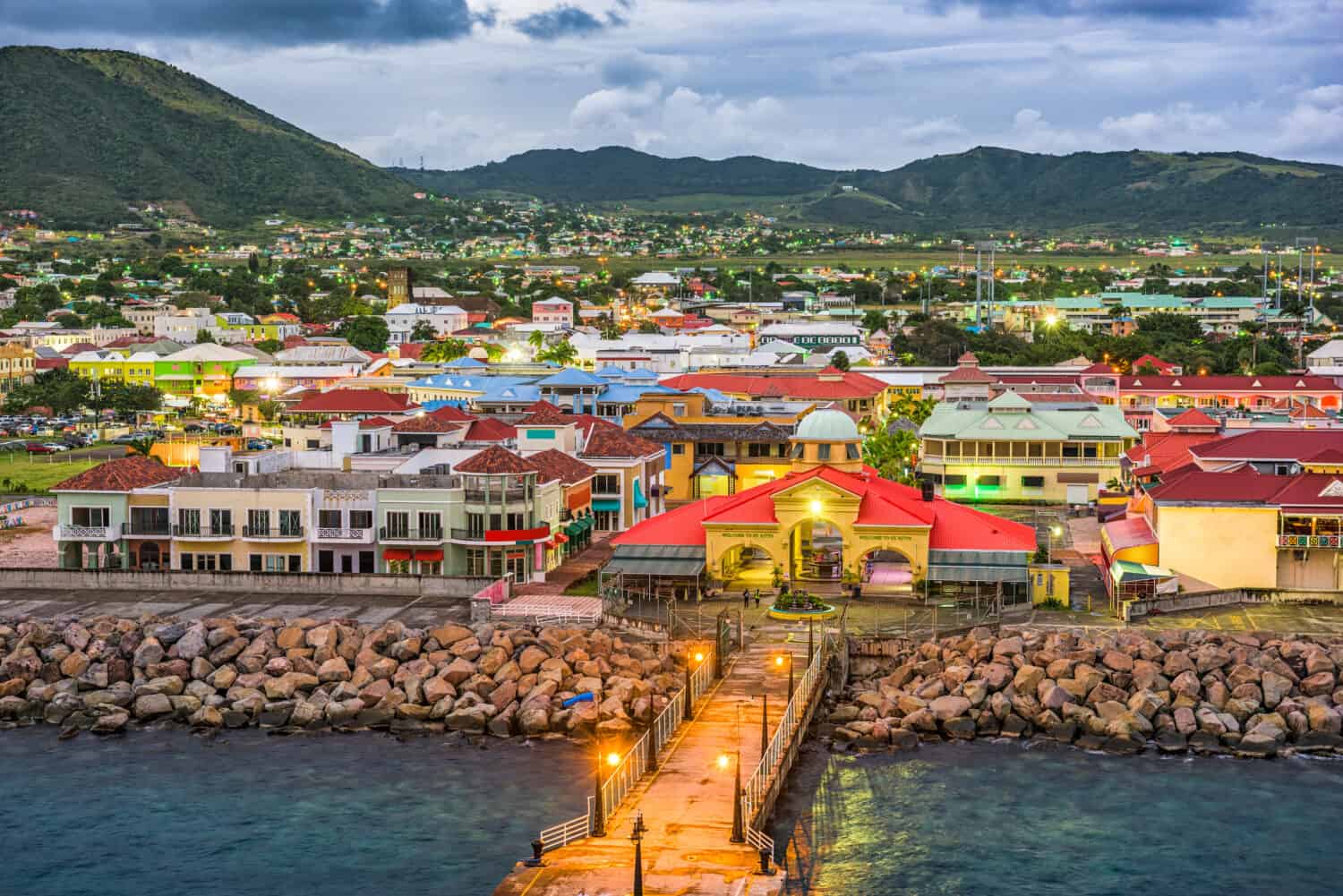
Located in the Caribbean, Saint Kitts and Nevis has a population of 47,000.
©Sean Pavone/Shutterstock.com
Known as the “Mother Colony of the West Indies,” Saint Kitts and Nevis were one of the first islands to be colonized by Europeans. The British and the French laid claim to the islands and subsequently became part of the British Empire. In 1983, Saint Kitts and Nevis became independent.
11. Saint Lucia
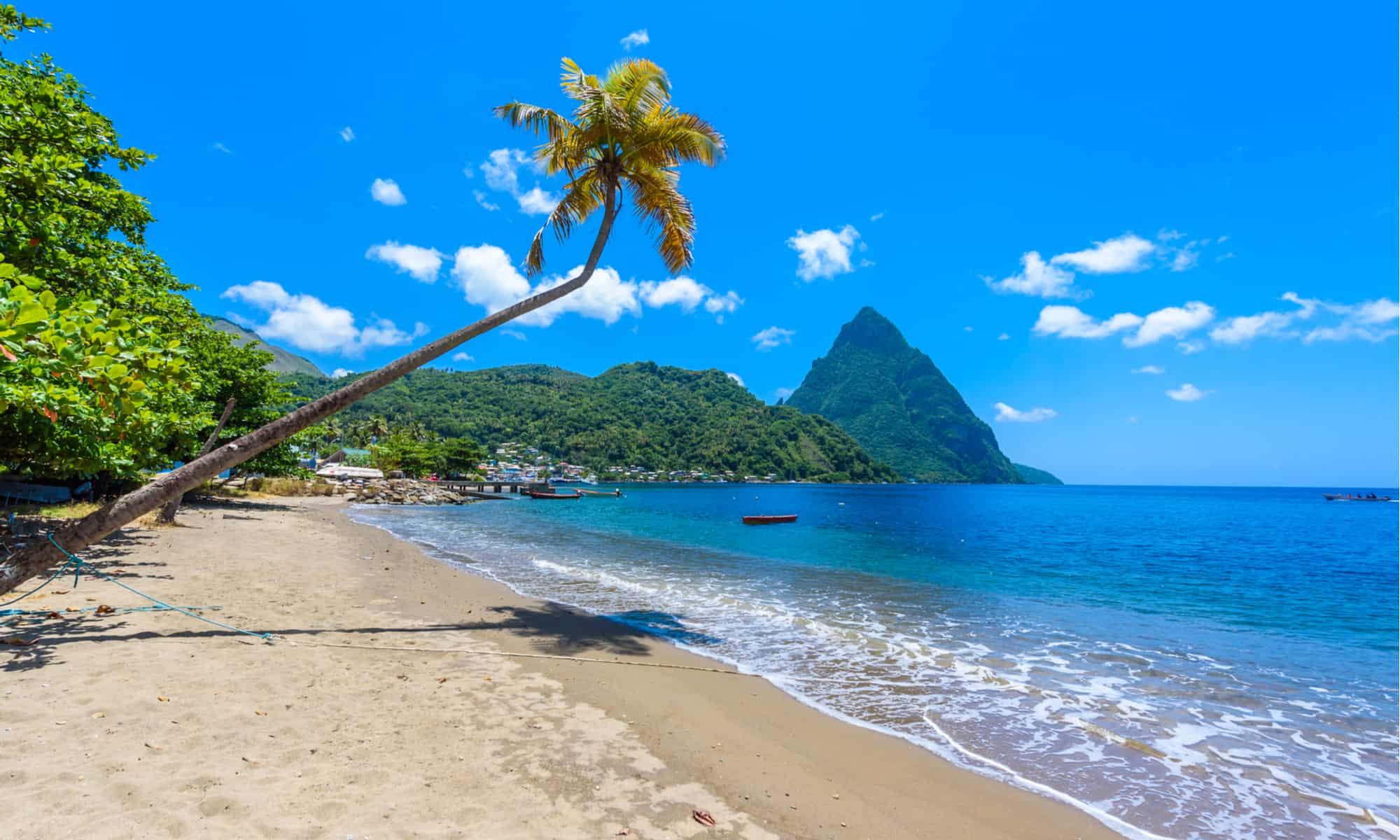
With a population of 179,000, Saint Lucia joined the Commonwealth of Nations in 1979.
©Simon Dannhauer/Shutterstock.com
Saint Lucia, located in the Caribbean, was inhabited by the Arawaks for thousands of years before the French arrived. In 1663, England took control of the Island from France, however, England and France fought many times for its control. In 1814, the British took full control and the island became part of the British Empire. Saint Lucia became independent in 1879.
12. Saint Vincent and the Grenadines
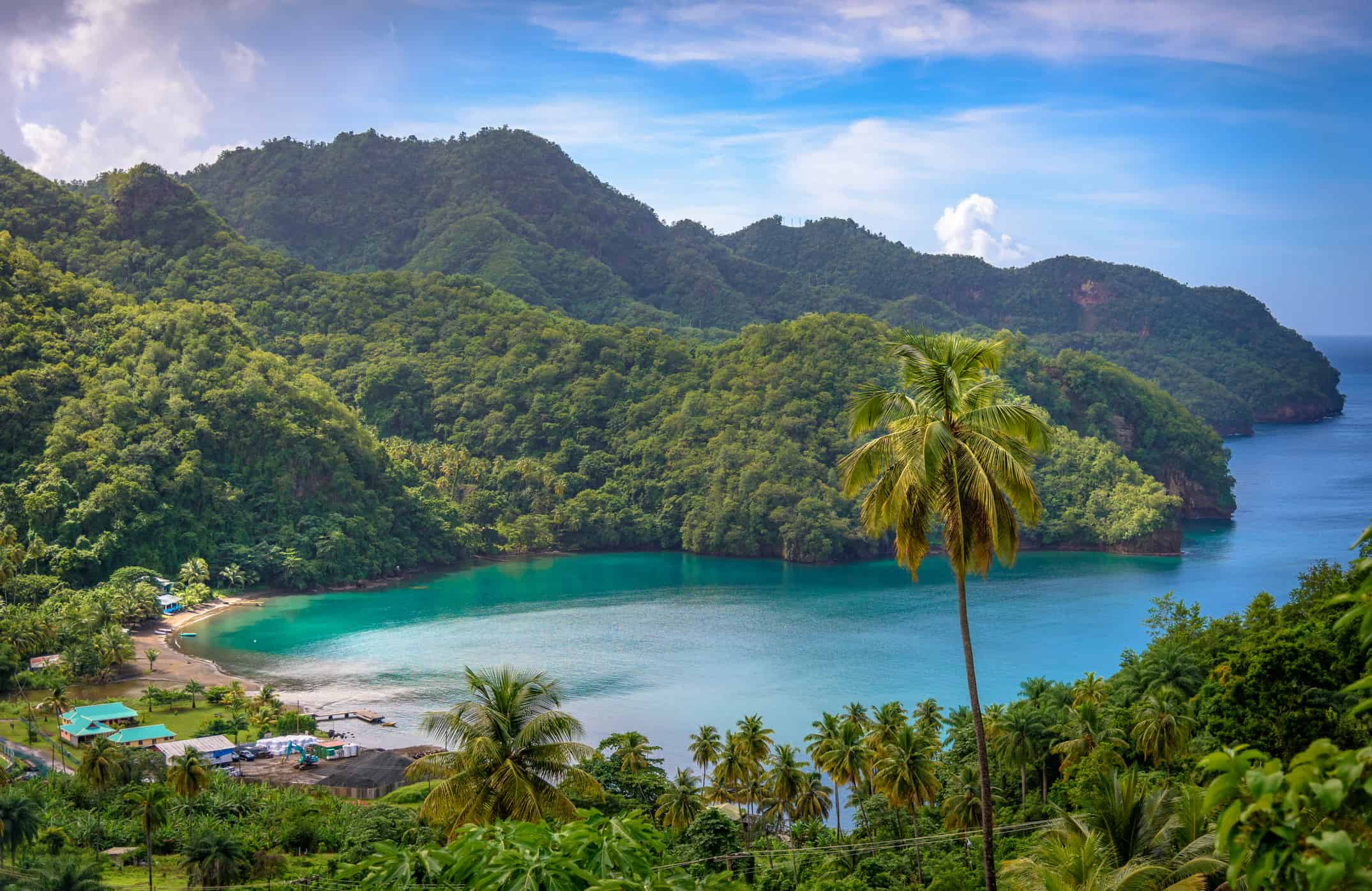
With a population of 104,000, Saint Vincent and the Grenadines joined the Commonwealth of Nations in 1979.
©mbrand85/iStock via Getty Images
There were several Indigenous groups living on the island before the Europeans arrived. The English and the Dutch claimed the island but it was the French that colonized it first. Following the Seven Years’ War, the British took control of the island and it became part of the British Empire. In 1979, Saint Vincent of the Grenadines became independent.
13. Solomon Islands

Located in the Pacific Ocean, the Solomon Islands joined the Commonwealth of Nations in 1978.
©Gilmore Tana/Shutterstock.com
The islands were settled by the Lapita people for thousands of years before the Spanish were the first Europeans to arrive. For centuries the Spanish and the Portuguese visited the Solomon Islands. It wasn’t until 1893 that the British laid claim to the Solomon Islands and became part of the British Empire. The islands became independent in 1978.
14. Tuvalu
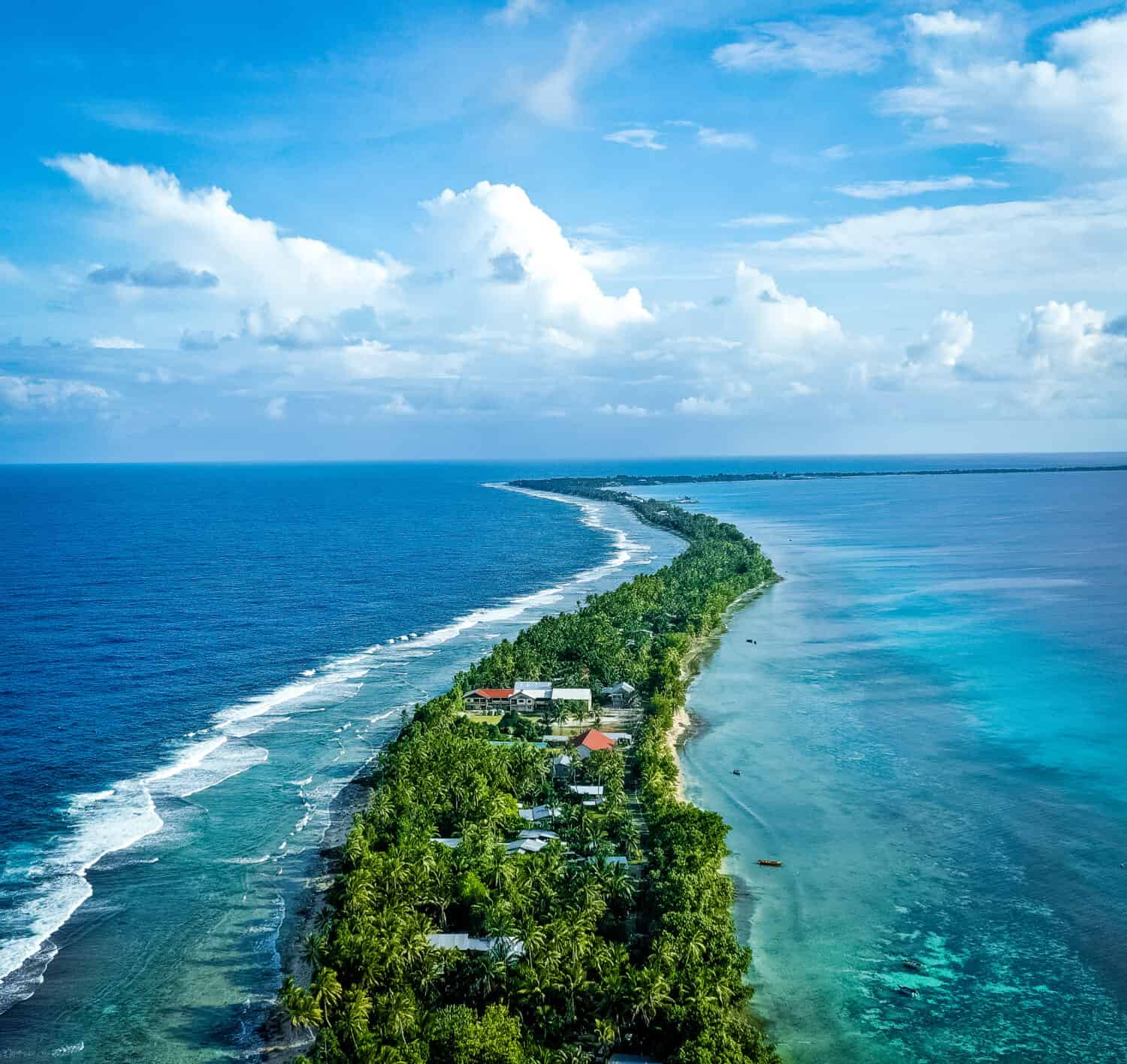
The population of Tuvalu is about 11,000, making it the least populous country within the Commonwealth of Nations.
©Romaine W/Shutterstock.com
The Polynesians were the first to inhabit Tuvalu. In 1569, the Spanish arrived in Tuvalu, but it was in the late 1800s that the British laid claim to the islands. In 1978, after almost 100 years of being a British protectorate, Tuvalu became fully independent.
15. United Kingdom
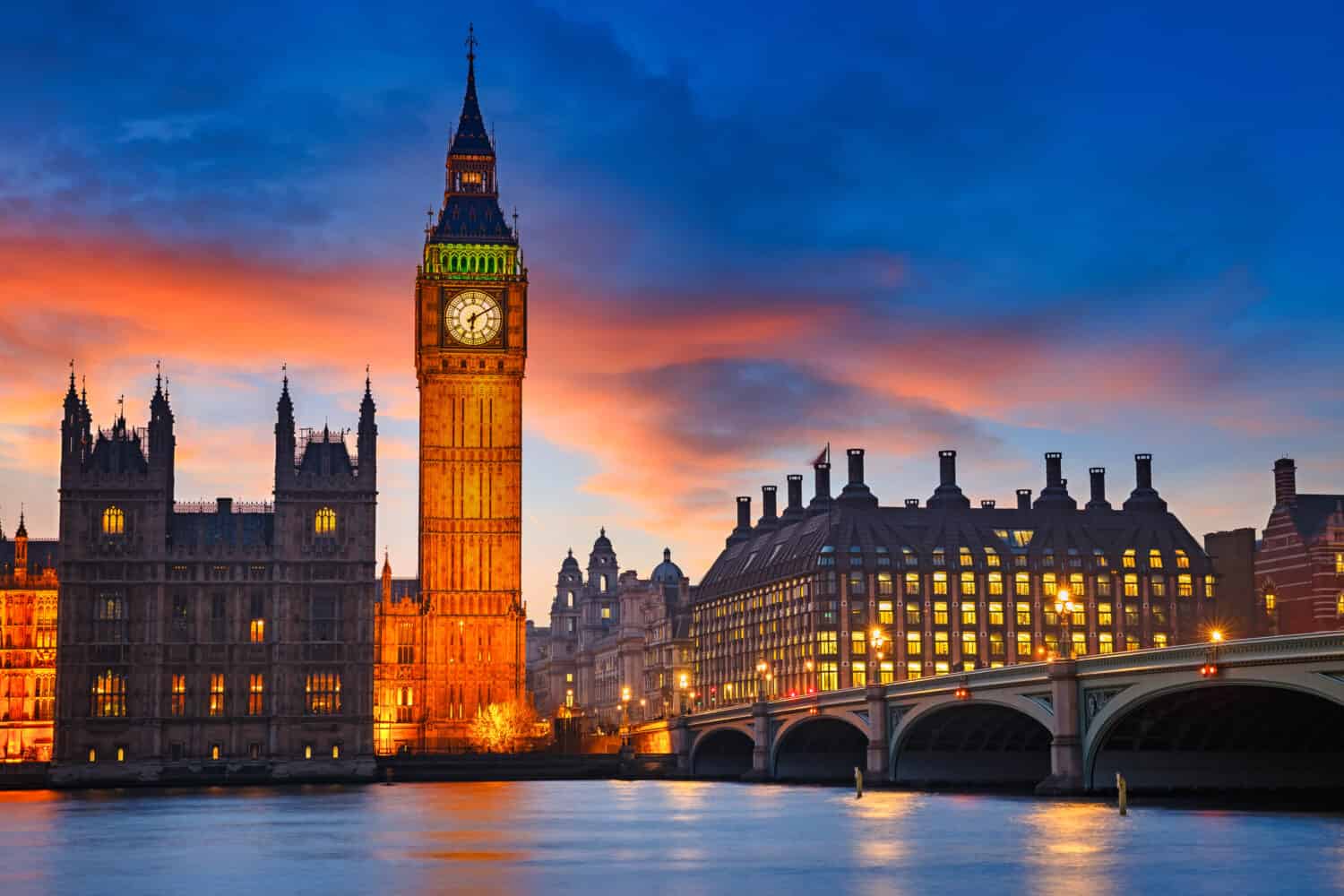
The population of the United Kingdom is about 67 million, making it the most populous country within the Commonwealth of Nations.
©S.Borisov/Shutterstock.com
Over the past centuries, the United Kingdom has grown from one country, England, to several — including Scotland, Wales, and Northern Ireland — under a unified name. Once a world power, its power has waned, but it continues to be influential on the world stage. The United Kingdom is home to the seat of the monarch of the Commonwealth of Nations, King Charles III.
Thank you for reading! Have some feedback for us? Contact the AZ Animals editorial team.








